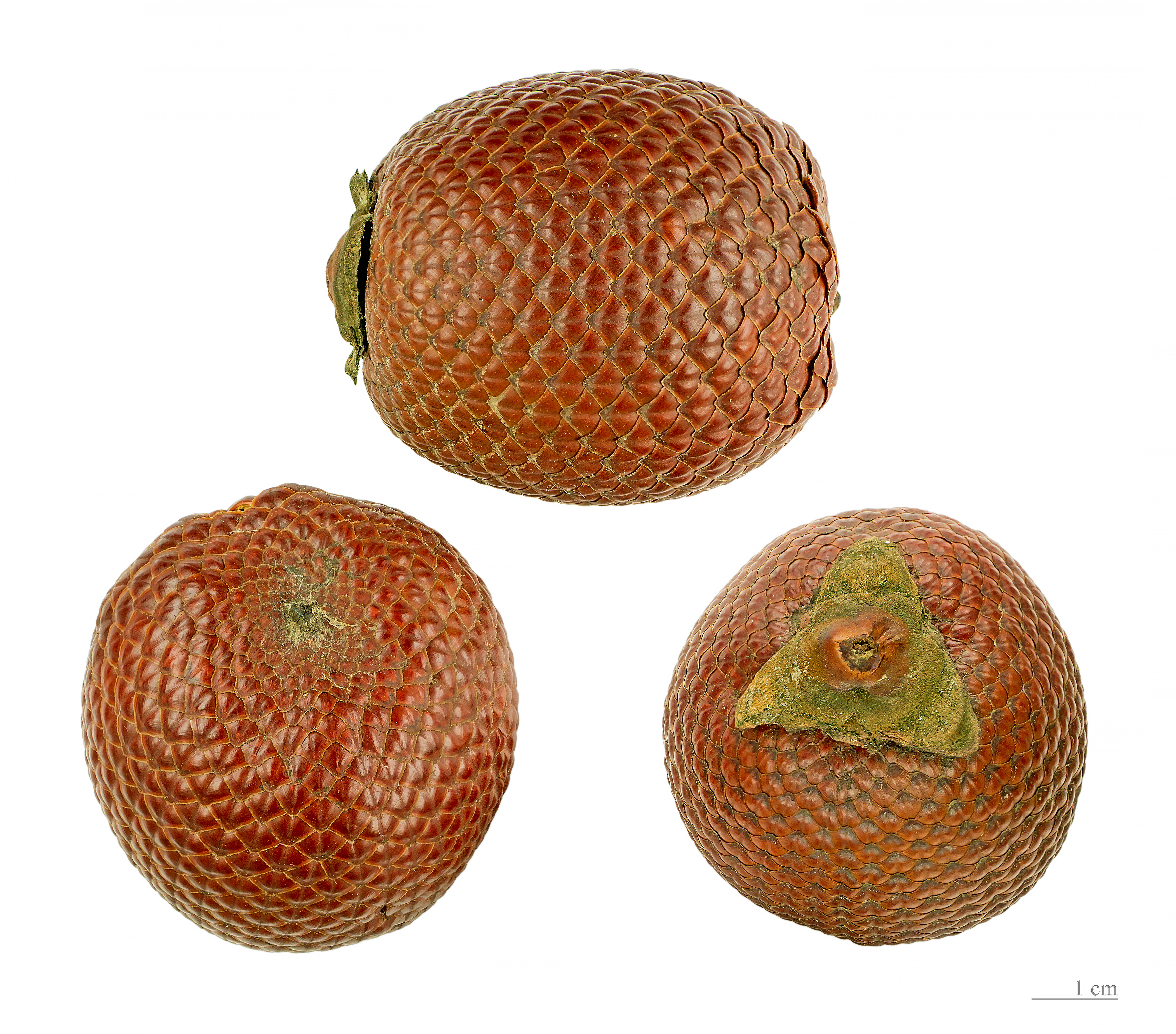Buriti Palm on:
[Wikipedia]
[Google]
[Amazon]
''Mauritia flexuosa'', known as the moriche palm, ''ité'' palm, ''ita'', ''buriti'', ''muriti'', ''miriti'' (Brazil), ''canangucho'' (Colombia), ''acho'' (Ecuador), or ''aguaje'' (Peru), is a palm tree. It grows in and near
 Moriche palm fruit ("morete" in the Oriente of Ecuador) is edible and used to make juice, jam, ice cream, a fermented " wine", desserts and snacks, requiring harvesting of more than 50 tonnes per day in Peru.
The inflorescence buds are eaten as a vegetable and the sap can be drunk fresh or fermented (see palm wine). Threads and cords are locally produced from the tree's fibers.
Humans consume palm weevils larvae which burrow in the tree trunk.
Moriche palm fruit ("morete" in the Oriente of Ecuador) is edible and used to make juice, jam, ice cream, a fermented " wine", desserts and snacks, requiring harvesting of more than 50 tonnes per day in Peru.
The inflorescence buds are eaten as a vegetable and the sap can be drunk fresh or fermented (see palm wine). Threads and cords are locally produced from the tree's fibers.
Humans consume palm weevils larvae which burrow in the tree trunk.
 Alexander von Humboldt documented the tree and the ecosystem it supports in 1800 when traveling through the
Alexander von Humboldt documented the tree and the ecosystem it supports in 1800 when traveling through the
swamps
A swamp is a forested wetland.Keddy, P.A. 2010. Wetland Ecology: Principles and Conservation (2nd edition). Cambridge University Press, Cambridge, UK. 497 p. Swamps are considered to be transition zones because both land and water play a role in ...
and other wet areas in tropical South America.
''Mauritia flexuosa'', a tree, can reach up to in height. The large leaves form a rounded crown. The flowers are yellowish and appear from December to April. The fruit, which grows from December to June, is a chestnut color and is covered with shiny scales. The yellow flesh covers a hard, oval nut. The seeds float, and this is the means by which the palm tree propagates. In natural populations, the tree reaches very high densities.
Fruit
 Moriche palm fruit ("morete" in the Oriente of Ecuador) is edible and used to make juice, jam, ice cream, a fermented " wine", desserts and snacks, requiring harvesting of more than 50 tonnes per day in Peru.
The inflorescence buds are eaten as a vegetable and the sap can be drunk fresh or fermented (see palm wine). Threads and cords are locally produced from the tree's fibers.
Humans consume palm weevils larvae which burrow in the tree trunk.
Moriche palm fruit ("morete" in the Oriente of Ecuador) is edible and used to make juice, jam, ice cream, a fermented " wine", desserts and snacks, requiring harvesting of more than 50 tonnes per day in Peru.
The inflorescence buds are eaten as a vegetable and the sap can be drunk fresh or fermented (see palm wine). Threads and cords are locally produced from the tree's fibers.
Humans consume palm weevils larvae which burrow in the tree trunk.
Oil
Buriti oil is an orange-reddish oil extracted from the fruit of the moriche palm. The oil contains high concentrations of oleic acid, tocopherols, and carotenoids, especially beta-carotene. The oil has a reddish color used as ink on hides and skins.Ecology
This tree is important to many animal species; several bird species, such as the red-bellied macaw, sulphury flycatcher, and moriche oriole, use it for nesting and food. Tapirs, peccaries, fish and monkeys depend on the fruit.Llanos
The Llanos (Spanish ''Los Llanos'', "The Plains"; ) is a vast tropical grassland plain situated to the east of the Andes in Colombia and Venezuela, in northwestern South America. It is an ecoregion of the tropical and subtropical grasslands, sav ...
region of Venezuela. He "observed with astonishment how many things are connected with the existence of a single plant." He called it the "tree of life" and essentially described it as a keystone species
A keystone species is a species which has a disproportionately large effect on its natural environment relative to its abundance, a concept introduced in 1969 by the zoologist Robert T. Paine. Keystone species play a critical role in maintaini ...
although the concept would not be explicitly defined until 1969 by Robert T. Paine.
Miscellaneous
The government of the Federal District – the Brazilian state where the country's capital, Brasília, is located – is called ''Palácio do Buriti'' ("Buriti Palace"). Across the street from the building is a square with fountains and a single moriche palm tree, which was taken from the outskirts of the city and replanted there. The species is a common feature of the cerrado vegetation that predominates incentral Brazil
Central is an adjective usually referring to being in the center of some place or (mathematical) object.
Central may also refer to:
Directions and generalised locations
* Central Africa, a region in the centre of Africa continent, also known a ...
.
References
External links
* {{Authority control flexuosa Flora of South America Trees of Brazil Trees of Trinidad and Tobago Flora of the Amazon Flora of the Cerrado Flora of Venezuela Edible plants Plants described in 1782 Crops originating from South America Trees of Bolivia Trees of Peru Trees of Ecuador Trees of Colombia Trees of Suriname Trees of French Guiana Trees of Guyana Trees of Venezuela